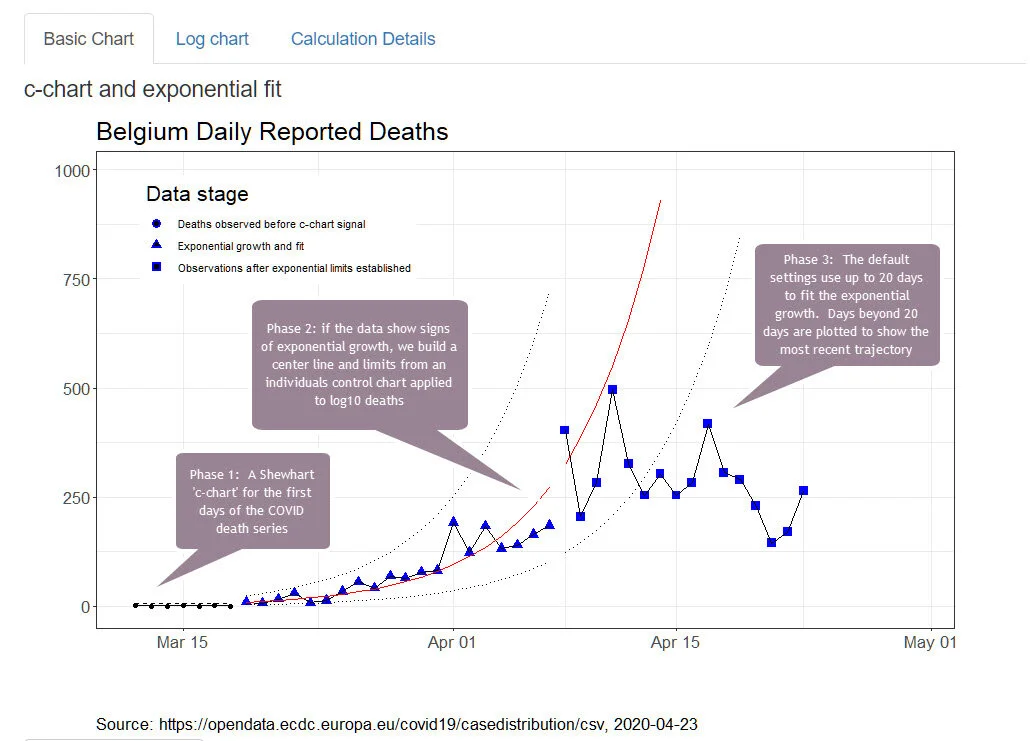Learning during the Pandemic
Dr. Siddartha Mukherjee begins his recent New Yorker article about the corona virus and the American health system with a story about Toyota.
In 1997, a fire in a Toyota parts-supplier factory in Japan shut production. The factory was the only supplier of the part. The stoppage immediately threatened Toyota’s overall production, a consequence of Toyota’s emphasis on low levels of inventories and tight coupling of production steps in its ‘Just-in-Time’ method.
The fire revealed flaws in the Just-in-Time method and affected production for several weeks. Importantly, Toyota managers had the skills to address the immediate crisis and to revise their supply management system, which had failed.
As Mukherjee describes, Toyota had the capacity to learn and put hard-won lessons into practice:
The fire, along with a later disaster—the 2011 earthquake, which cut off its supply of a crucial microchip—taught Toyota the value of redundancy and risk assessment. It modified its just-in-time system to allow for at least a month’s worth of specialized components, building strategic slack into its operation. It created a database, called Rescue, with dozens of companies organized into tiers, their risks regularly evaluated under conditions of adversity, and information on sixty-eight hundred parts continually updated. The company maintains constant communication with its suppliers under “ordinary operating conditions.” But it also trains employees to operate during disasters and evaluates the risk to the entire company if nodes in the network should falter. No enterprise is truly disaster-proof, but in cultivating networks of mutual loyalties the company has engineered resilience.
In contrast, Mukherjee outlines deep problems in multiple aspects of the U.S. health system, a system admittedly more complex and less subject to rational management than even a global company like Toyota.
As the corona virus continues to disrupt the U.S., we must learn fast to mitigate health, social and economic damage. As George Box observed about large-scale environmental challenges 44 years ago, learning fast is no guarantee that we will escape disaster. As he said, ‘we will be lucky to escape by the skin of our teeth.’ (“Statistics and the Environment”, J. Washington Academy of Sciences, Vol. 64, No. 2, 1974, p. 52).
Both George and Toyota managers realized that the scientific method is the foundation for effective learning. Contrast your plans with actual experience, in the context of your aims. Measure the gaps, adjust as needed in a continual feedback cycle. Try again. Build up understanding and strengthen your ability to predict system performance under a range of conditions.
My colleague Dr. Ramona English, chief dental officer at Petaluma Health Center in California, also knows how to learn. After her dental operations were limited to emergency-only visits in late March, she rapidly tested and refined ways to engage caregivers of her pediatric patients. With smartphone connections, in a few weeks she had done dozens of teledentistry visits, teaching and coaching caregivers on ways to maintain good oral health for their children. She has learned how to get paid, too, recovering at least some of the costs of her services.
Organizations that can learn efficiently and effectively have a better chance of survival in times of crisis. Survival means an organization will be able to continue to provide products and services safely and economically. Survival is not guaranteed, of course. As we work our way through this pandemic, I hope that model organizations like Toyota and Petaluma Health Center can inspire many other organizations to learn faster.
Note on the image at the top of this post
This illustration, created at the Centers for Disease Control and Prevention (CDC), reveals ultrastructural morphology exhibited by coronaviruses. Note the spikes that adorn the outer surface of the virus, which impart the look of a corona surrounding the virion, when viewed electron microscopically. A novel coronavirus, named Severe Acute Respiratory Syndrome coronavirus 2 (SARS-CoV-2), was identified as the cause of an outbreak of respiratory illness first detected in Wuhan, China in 2019. The illness caused by this virus has been named coronavirus disease 2019 (COVID-19).
Photo Credit: Alissa Eckert, MS; Dan Higgins, MAMS
https://phil.cdc.gov/Details.aspx?pid=23312 accessed 10 May 2020














